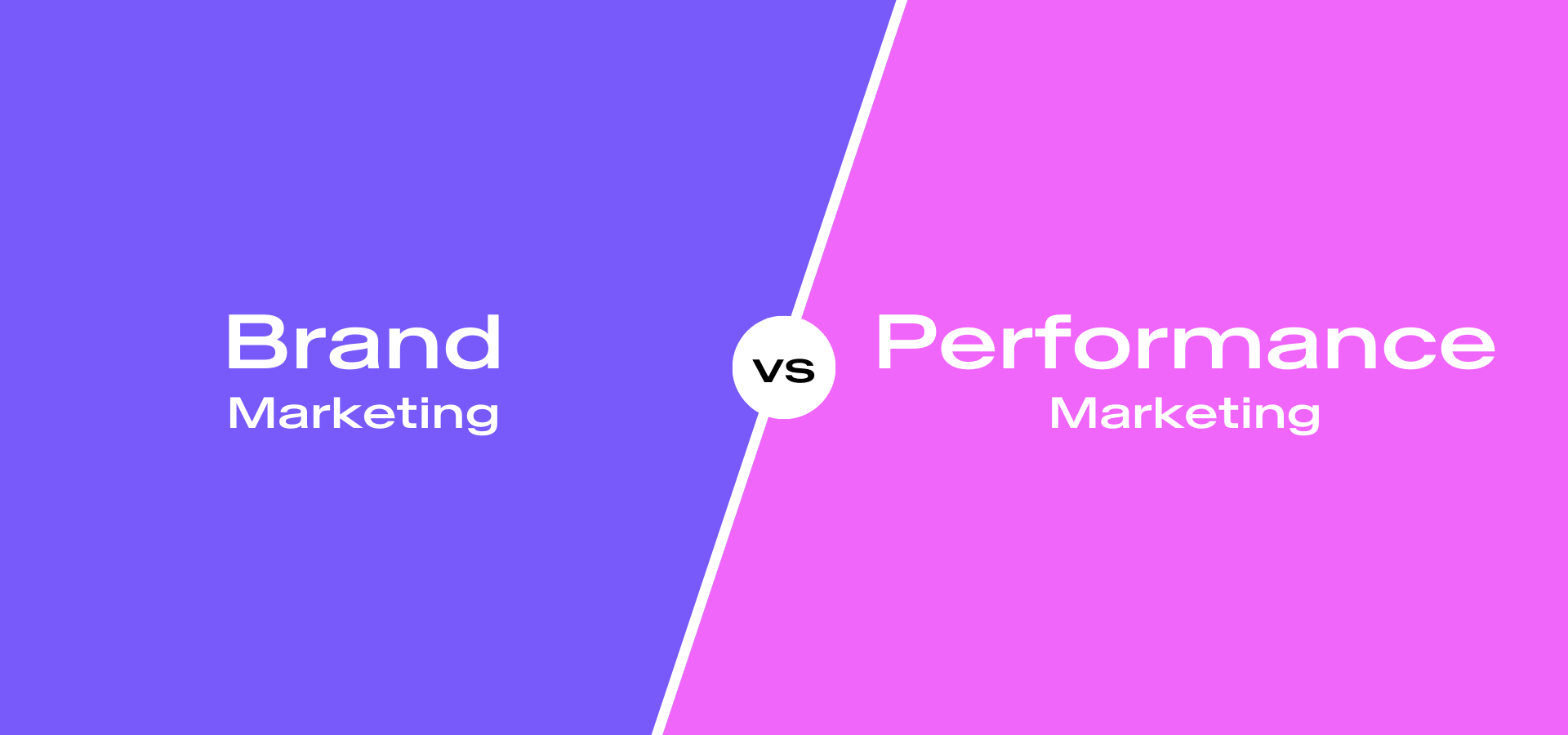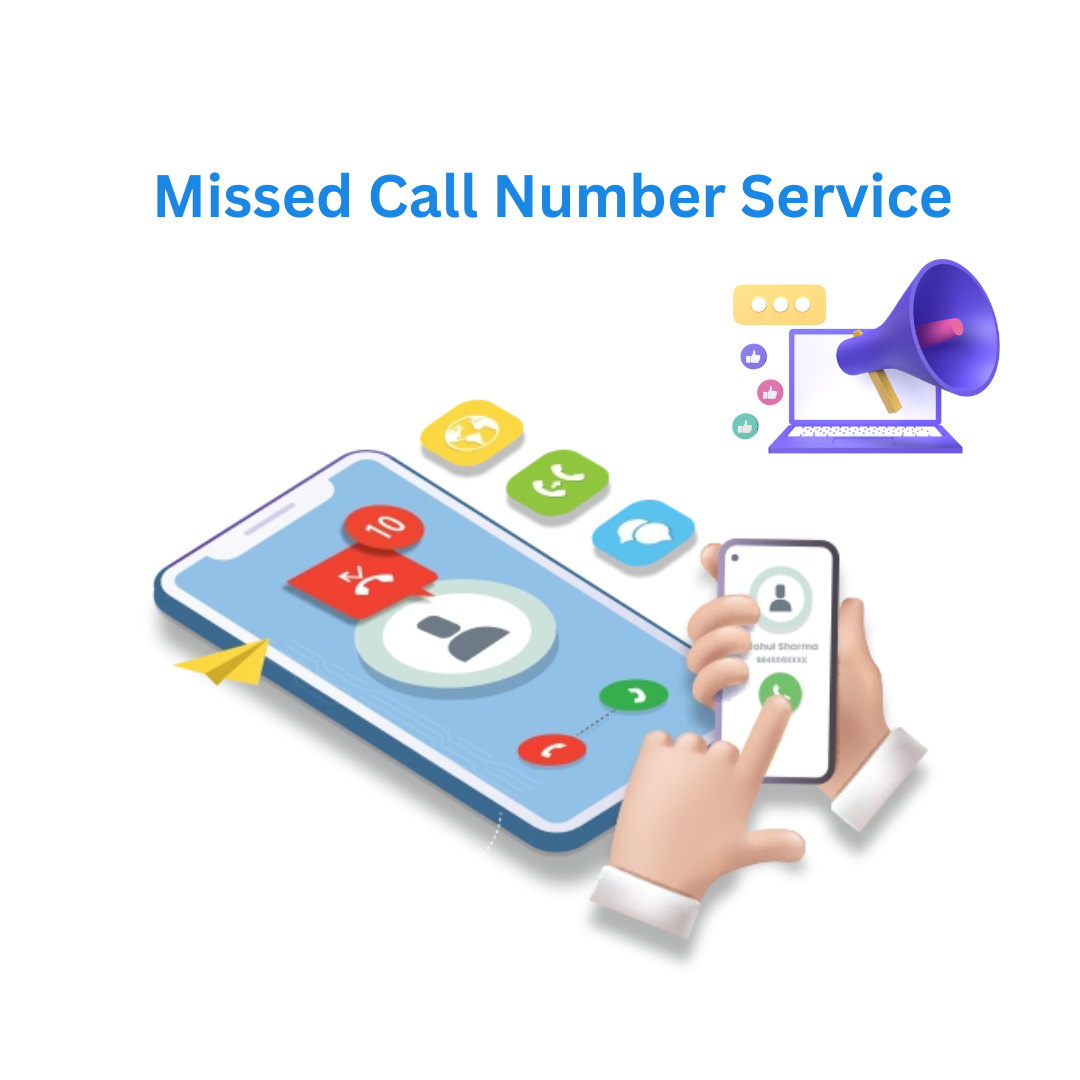87% of marketers struggle to strike the right balance between short-term conversions and long-term brand equity. Are you one of them? If so, you’re not alone. In a world where data-driven results are prized and customer loyalty is constantly shifting, marketers are often torn between the measurable ROI of performance marketing and the intangible power of brand marketing. Choosing one over the other can hinder growth — but combining them strategically? That’s where the magic happens.
In this article, we’ll unpack the key differences between performance marketing and brand marketing, explore why both are essential in today’s hyper-competitive landscape, and give you actionable strategies to integrate them effectively. Whether you’re a startup founder, a CMO, or someone pursuing an online digital marketing course, understanding this balance could transform your marketing strategy.
Understanding the Core Concepts
Before we dive into strategies, let’s define the two pillars:
What is Performance Marketing?
Performance marketing is a data-centric approach where advertisers only pay when specific actions occur — clicks, leads, sales, or downloads. It’s all about real-time measurement, optimization, and ROI. Common channels include:
- Paid search (Google Ads)
- Social media ads (Meta, LinkedIn, TikTok)
- Affiliate and influencer marketing
- Programmatic advertising
It’s immediate, agile, and results-driven — ideal for scaling quickly or testing new campaigns.
What is Brand Marketing?
Brand marketing, on the other hand, focuses on creating awareness, trust, and emotional connection with your audience. This approach may not yield immediate conversions, but it lays the foundation for long-term growth. Channels often include:
- Content marketing
- Storytelling campaigns
- Sponsorships and partnerships
- Traditional media (TV, radio, print)
- Organic social media
The objective is to build brand equity so your company stays top-of-mind even when people aren’t actively buying.
Performance Marketing vs Brand Marketing: The Key Differences
Let’s look at how these two strategies compare across critical dimensions:
| Criteria | Performance Marketing | Brand Marketing |
|---|---|---|
| Goal | Immediate action (clicks, leads, sales) | Long-term loyalty and brand awareness |
| Measurement | Data-driven, easily tracked | Harder to quantify, relies on perception |
| Timeline | Short-term impact | Long-term impact |
| Channels | PPC, social ads, email, affiliate | Content, social engagement, PR, storytelling |
| Budget Allocation | ROI-focused, highly flexible | Consistent investment over time |
| Creative Style | Persuasive CTAs, offer-driven | Emotion, mission, brand values |
While the differences are stark, both are necessary. Leaning too far in either direction can cripple a campaign — you might drive traffic but lose trust, or build a beautiful brand that no one ever sees.
The Pitfalls of Favoring One Over the Other
If your team invests only in performance marketing, you risk:
- Burnout from constantly chasing conversions
- A race-to-the-bottom with discounts
- Little to no brand loyalty
And if you rely only on brand marketing, you might see:
- A lack of measurable ROI
- Inability to scale campaigns efficiently
- A disconnect between marketing spend and business growth
Successful brands don’t choose — they balance. Consider companies like Apple, Nike, or HubSpot. Their performance campaigns are optimized to convert, but always rooted in strong brand identity.
How to Combine Performance and Brand Marketing Strategically
Here’s how to find the sweet spot between performance and brand marketing:
1. Set Clear Short-Term and Long-Term Goals
Define what success looks like across both timelines. For example:
- Short-term: Generate 500 qualified leads in 30 days
- Long-term: Increase brand recall by 20% in 12 months
Use different KPIs for each. For performance, track CPC, CPA, ROAS. For brand, look at direct traffic, social mentions, and NPS.
2. Use Brand Messaging in Performance Ads
Inject storytelling into your paid ads. Instead of just saying “Get 20% off today,” try: “Join 100,000 customers who trust us to simplify their business.”
This approach creates consistency between your ad and your identity. It also improves CTR and retention.
3. Invest in Content that Serves Both Goals
SEO blogs, YouTube videos, and webinars are brilliant formats. For instance:
- A case study showcases performance and builds trust.
- An educational blog (like this one) boosts SEO while deepening brand authority.
If you’re currently enrolled in an online digital marketing course, this type of hybrid content is often used as a teaching model — because it works.
4. Create Full-Funnel Campaigns
Start with brand awareness, then retarget based on user behavior. For example:
- Top of funnel: Branded video on YouTube or Instagram
- Mid funnel: Retarget with a testimonial ad
- Bottom of funnel: Offer-based landing page with urgency
Tools like Meta Ads Manager and Google Performance Max let you set these up with precision.
5. Measure Brand Uplift Alongside Performance Metrics
Use surveys, Google Trends, and brand search volume to measure impact. Platforms like Nielsen and Kantar offer advanced brand lift studies, but even basic indicators (e.g., direct traffic growth) can signal progress.
Real-World Case Study: Airbnb
During the pandemic, Airbnb slashed its performance marketing budget and focused on brand storytelling. They saw bookings recover faster than competitors and eventually returned to performance marketing — but with a stronger brand at the core. Their CEO later said, “It turns out that brand marketing is a powerful long-term lever.”
This hybrid strategy now fuels their growth. They use digital channels for targeting, but the messaging? Always brand-first.
When to Prioritize One Over the Other
There are times when leaning one way makes sense:
- Launch phase? Prioritize performance to get early traction.
- Saturated market? Lean into brand to differentiate.
- Holiday season? Dial up performance with time-sensitive offers.
- Rebrand or repositioning? Focus on brand storytelling.
The key is fluidity — your strategy should evolve with your audience, goals, and market dynamics.
Final Thoughts: Build a Marketing Flywheel
Finding the balance between performance marketing vs brand marketing isn’t about 50/50 budgets — it’s about creating synergy. Think of it as a flywheel:
- Performance drives traffic.
- Brand builds trust.
- Trust increases conversion efficiency.
- Efficient conversions lower cost per acquisition.
- Lower costs free up budget for more brand investment.
And the cycle continues.
Marketers who master this balance create campaigns that not only perform — they endure.



